The tack stitch is a significant aspect of hand sewing—tailors frequently use it to hold patterns in place or prevent designs from shifting. It’s quick, temporary, and super useful.
But when you switch over to a sewing machine?
Yeah… It’s a bit different.
You won’t be able to achieve all the cool, flexible tacking styles that can be done by hand. What you can do, though, is a bar tack stitch. The machine’s version of “locking it down.” It’s short, tight, and strong.
It’s easy too. All you gotta do is,
To do a tack stitch on a sewing machine, set it to a bar tack with zero stitch length and stitch back and forth in place.
Interesting right? Ok, then let’s do tacking machine sewing practically.

Table of Contents
Can You Do A Tack Stitch On A Sewing Machine?
No, you can’t do traditional tack stitches on a regular sewing machine like chain stitch.
Tack stitches in hand sewing are usually loose, temporary stitches used to hold fabric in place before final sewing. Sewing machines aren’t really built for that kind of light, removable stitch.
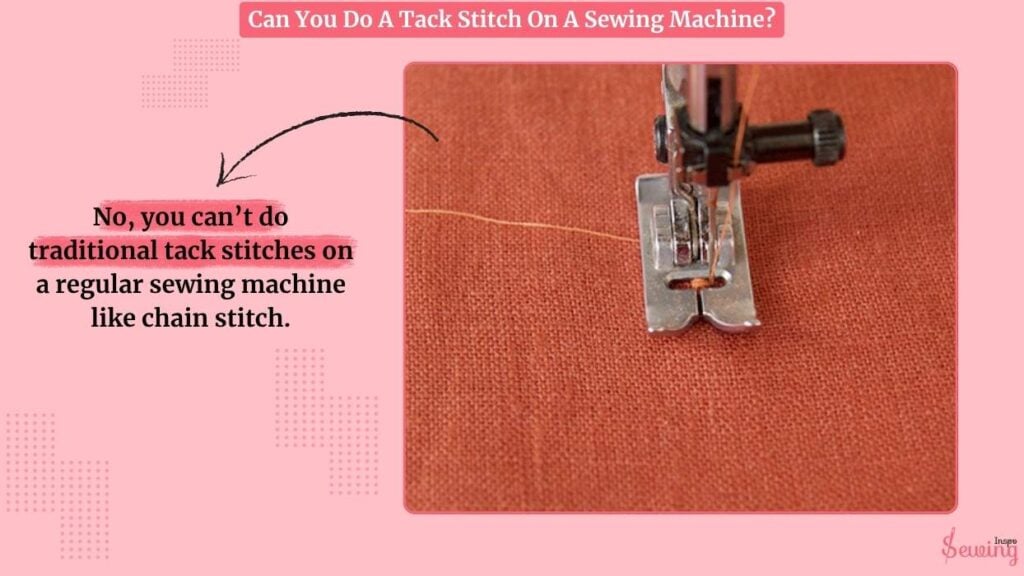
But here’s the twist of tacking machine sewing::
You can do a bar tack stitch on some sewing machines, which is kind of like the machine’s version of tacking. But way stronger and permanent. It’s used to reinforce areas that take a lot of stress, like pocket corners or belt loops.
Best Tack Stitch Sewing Machine
So not all sewing machines can do a tack stitch. Now what? You are on a hunt for a machine!? Wait, don’t have to waste time. You can use the tack sewing machine I used,
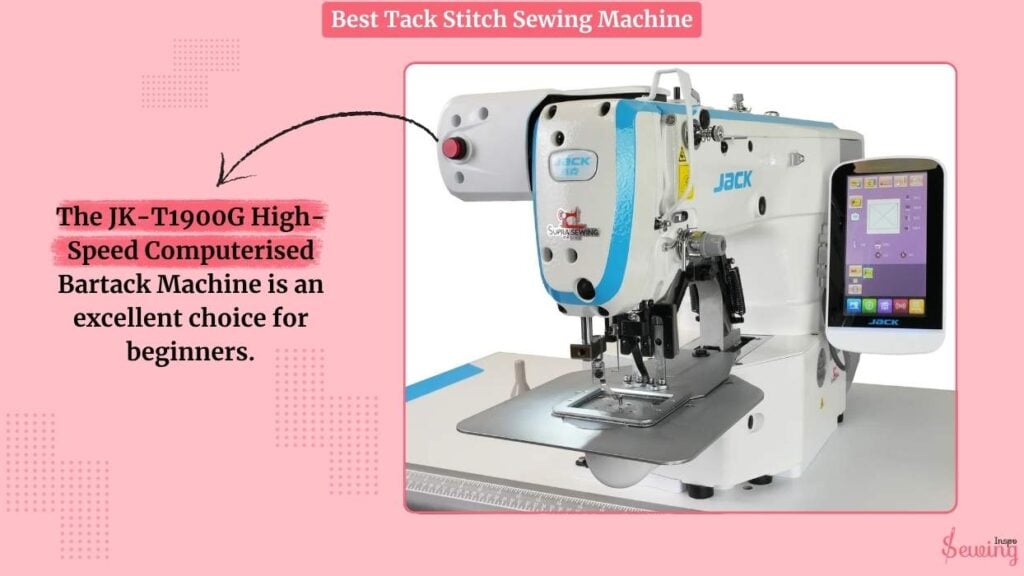
The JK-T1900G High-Speed Computerised Bartack Machine is an excellent choice for beginners. This multi needle sewing machine makes the perfect tack down stitch.

It’s fast, user-friendly, and super efficient. With a wide range of stitch patterns built in, you can easily find the perfect bartack for any project.
What Materials Do You Need To Make A Bar Tack Stitch?
Not much, honestly—you just need the right setup. Here’s what you’ll want:
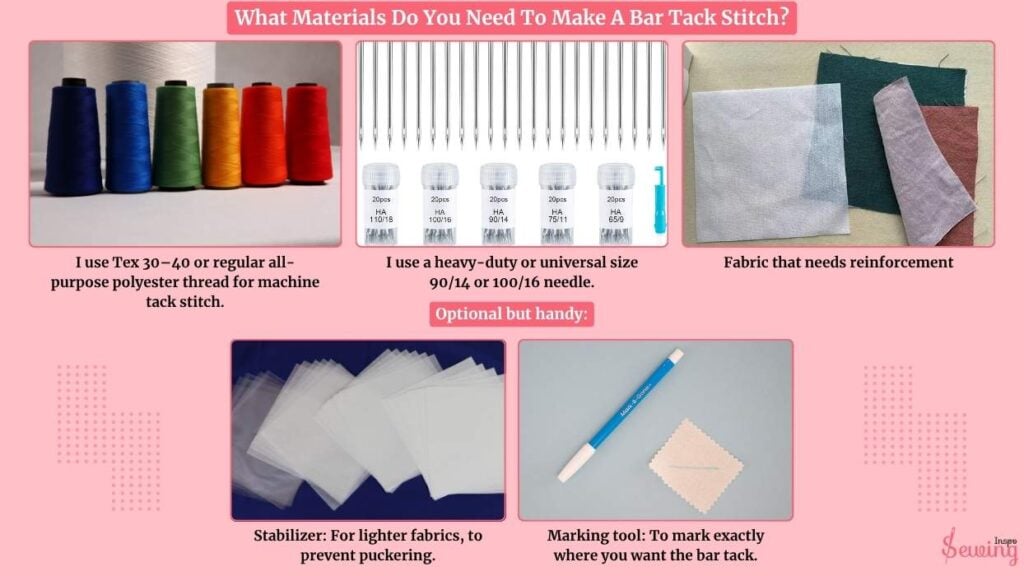
- I use Tex 30–40 or regular all-purpose polyester thread for machine tack stitch.
- I use a heavy-duty or universal size 90/14 or 100/16 needle.
- Fabric that needs reinforcement
Optional but handy:
- Stabilizer – for lighter fabrics, to prevent puckering.
- Marking tool – to mark exactly where you want the bar tack.
That’s it! Just a few basics, and you’re good to lock down those seams like a pro. This is easier than the types of stitches embroidery machine.
Tack Machine Needle Types And Compatible Threads
When I first started tackling tack sewing, I kept breaking needles and snapping threads. It was frustrating.
Then I realised it’s all about matching the right needle to the right thread.
For light fabrics like cotton or linen, I go with a fine, sharp needle and a thin thread. it glides through without leaving holes or puckering.
But when I’m working with denim, leather, or thick canvas, I switch to a strong, heavy needle and thicker thread.
Suddenly, the machine hums, stitches hold perfectly, and I stop stressing about breaks.
Now, I always plan my needle and thread combo before starting. It saves time, headaches, and makes every tack look clean and professional—like I actually know what I’m doing.
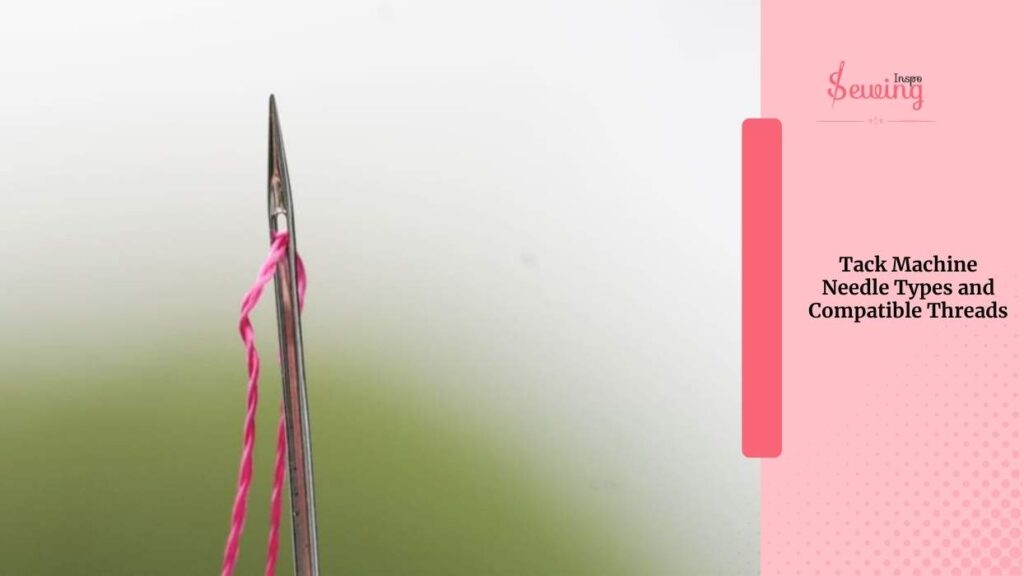
How To Do The Tack Stitch Sewing Machine?
To the tack stitch (bar tack stitch) follow these steps,
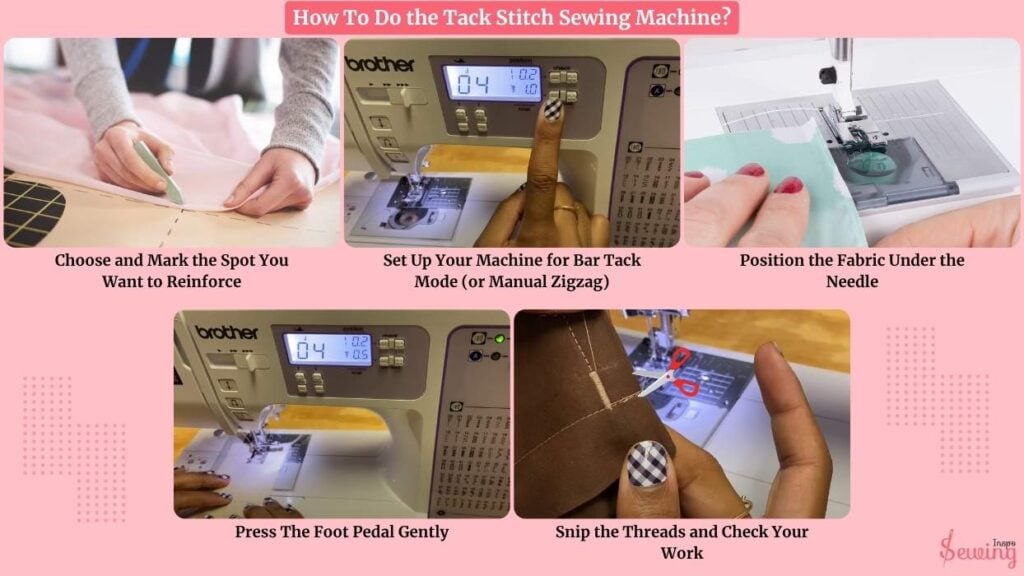
Choose and Mark the Spot You Want to Reinforce
Grab your fabric and figure out exactly where you want that strong reinforcement. Are you reinforcing a pocket edge? A zipper end? Maybe a belt loop?
Wherever it is,
I use a fabric marker or chalk and mark the beginning and end of where you want your bar tack to go.
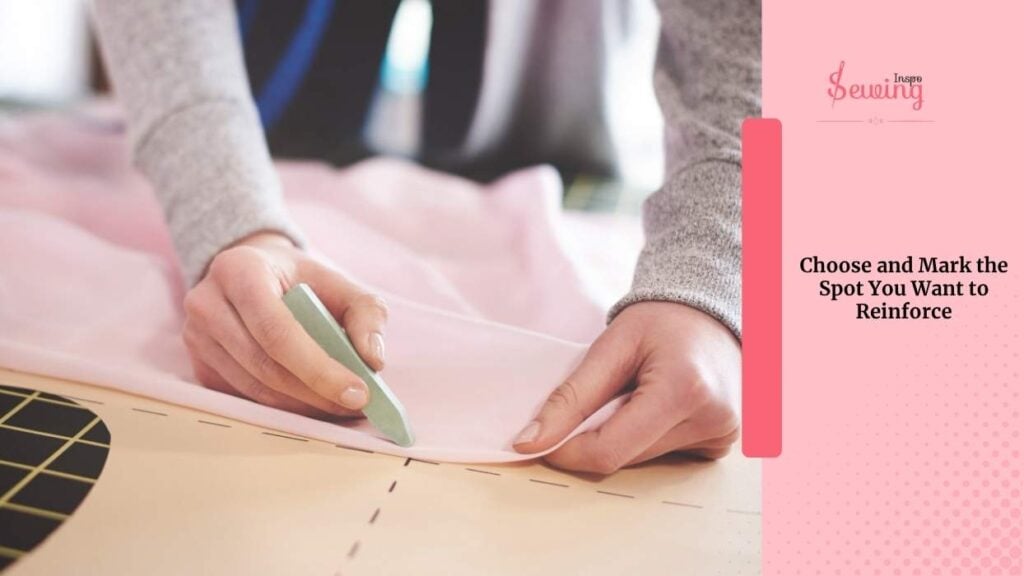
Keep it short. I am usually around 1/4 inch to 1/2 inch in length. I even maintain this length for the box stitch.
You’re not stitching a whole hem here. Just locking down a stress point.
Set Up Your Machine for Bar Tack Mode (or Manual Zigzag)
Now you’re going to tell your machine what you want it to do. You have a computerized machine:
- Select the bar tack stitch from your stitch options (usually looks like a tight zigzag with straight ends).
- Adjust stitch width to about 3–5 mm like feather stitch.
- Adjust stitch length to 0 or the lowest setting. This keeps the needle stitching in one spot.
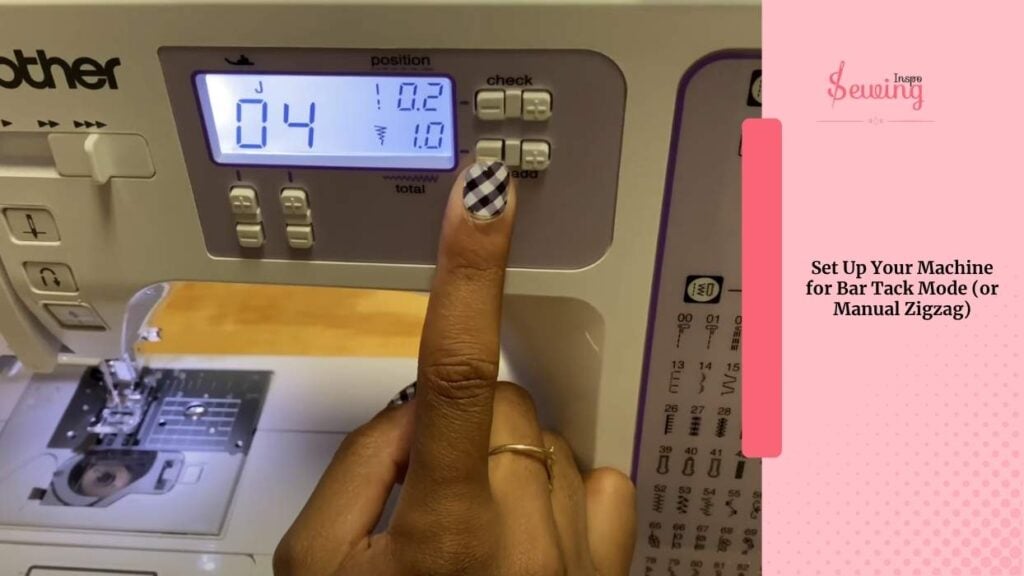
Or if you have a manual machine, then the setup would be little different. Here is what you gotta do,
- Set the zigzag stitch manually.
- Stitch width = 3–5 mm.
- Stitch length = 0 (or as close to zero as possible).
- You’ll manually control the length and width of your bar tack.
Practice these settings on a scrap fabric to see how dense and wide your tack will look It will prevent the jumping stitch issue, too.
Position the Fabric Under the Needle
Place your fabric under the presser foot, lining up the needle right at the start of your marked bar tack zone. Lower the presser foot so the fabric is held firmly in place like a darning stitch.
Make sure your fabric isn’t bunched up, especially if it’s thick (like denim or multiple layers).
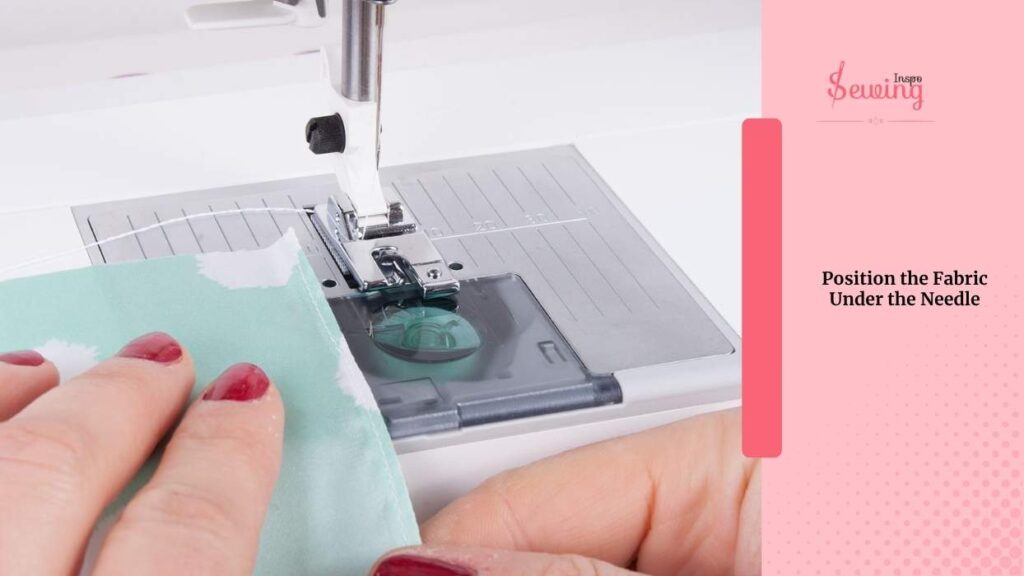
Press The Foot Pedal Gently
Now press the foot pedal gently and let the machine zigzag in place. Since your stitch length is zero, the needle won’t move forward. It will just sew back and forth to build a tight, secure block of thread.
Let the machine zigzag about 8–12 stitches in place. This creates that tight bar of thread that holds everything down.
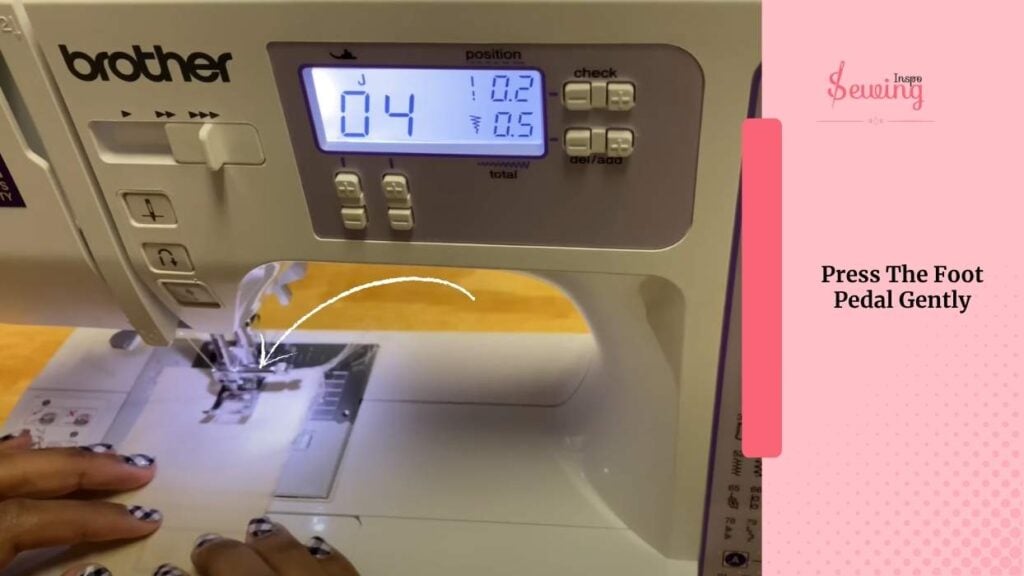
You don’t want to overdo it. If you stay in one spot too long, it can bunch up or tear lighter fabric.
Snip the Threads and Check Your Work
Lift your needle and presser foot, then gently pull your fabric out. Use sharp scissors to trim off the top and bobbin threads close to the stitch. Tug the tack slightly—feel how tight and strong it is?
Nice! You just did a clean, solid bar tack.
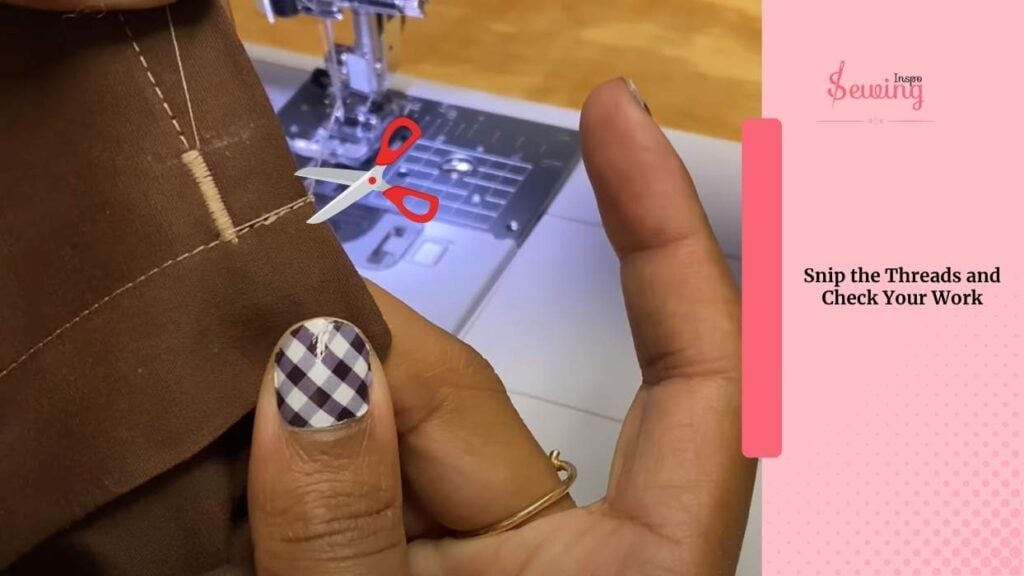
How To Tack On A Sewing Machine?(alternative methods)
You can’t actually do a tacking stitch, but there are a few alternative methods to achieve the same effect. Yes, you can’t directly tack, but you can do it indirectly. You can do tack on a sewing machine,
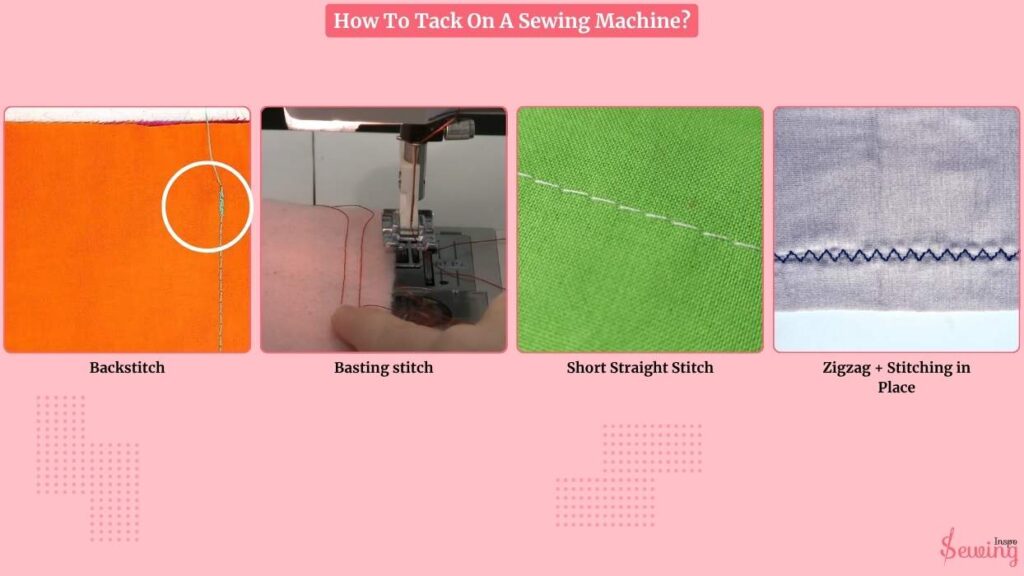
- Backstitch
- Basting stitch
- Short Straight Stitch
- Zigzag + Stitching in Place
- Running Stitch Sewing Machine
Those will work as a temporary. If you don’t want a permanent stitch like a bar tack and want to feel a temporary stitch, then do those stitches.
How Can You Know Where Is The Perfect Place To Tack Stitch?
Now, if you are new to tack stitching, you may not know where and when to use it. Easy rule of thumb: wherever fabric might shift, pull, or fall apart before final sewing—that’s your cue to tack.
In machine sewing (with bar tack), think:
- Belt loops
- Pocket corners
- Zipper ends
- Anywhere that gets pulled or stretched a lot
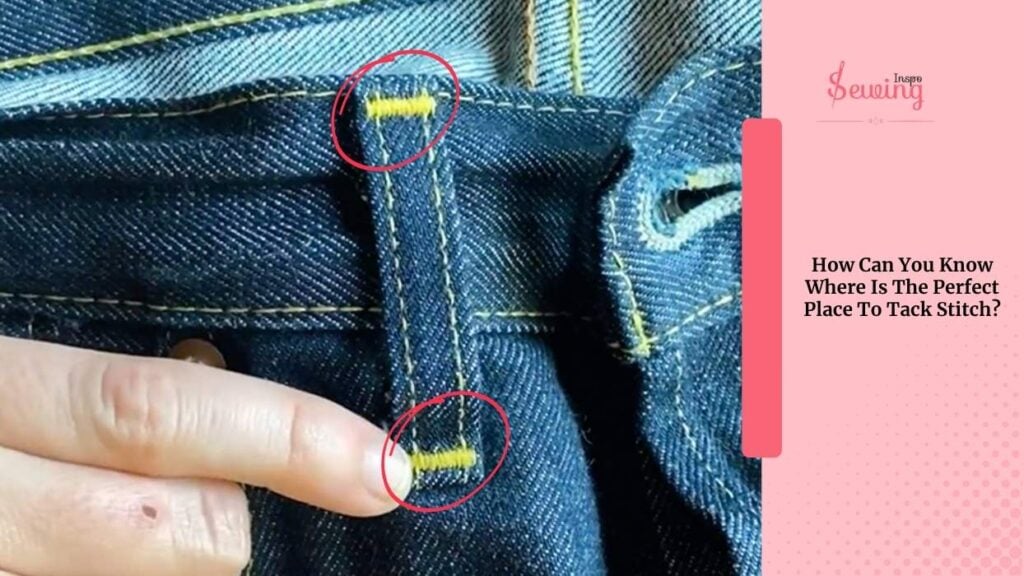
So yeah—if the fabric’s moving and you don’t want it to, tack it. That’s your sweet spot.
Frequently Asked Questions
What old straight bar tack machine would sew with the heaviest thread?
If you’re looking for an old-school bar tack machine that can handle heavy-duty thread (like #69 or thicker), vintage Singer 68-class, Reece S2K, or Brother KE-430 series are solid options. These industrial machines were built like tanks and can handle thick materials and strong threads.
What does it mean to tack down in sewing, and how is tacking used?
Tacking down means temporarily or permanently securing a piece of fabric in place before proceeding with the actual stitching. On a sewing machine, bar tacking is used to “tack down” areas under stress—like belt loops or pocket edges.
Warp up
A sewing machine might not give you the loose, temporary tack stitches you’re used to by hand, but it makes up for it with the bar tack stitch: strong, tight, and built to last.
While it’s not the same, it’s convenient when you need to reinforce high-stress areas. Know the difference, use the right one—and you’re good to go.



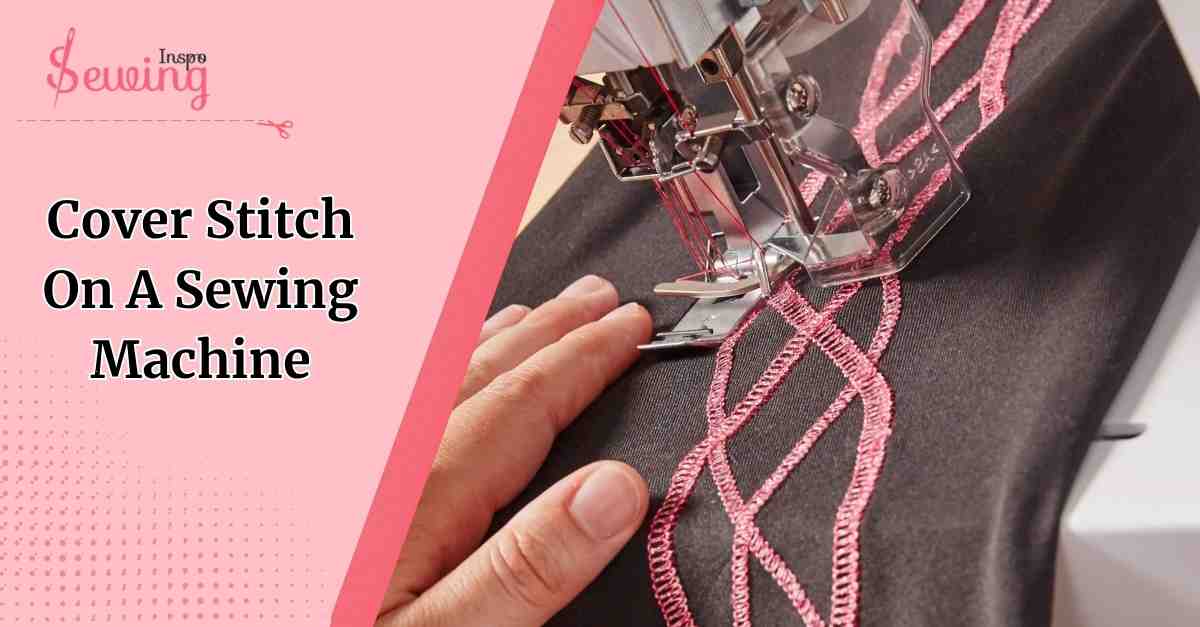
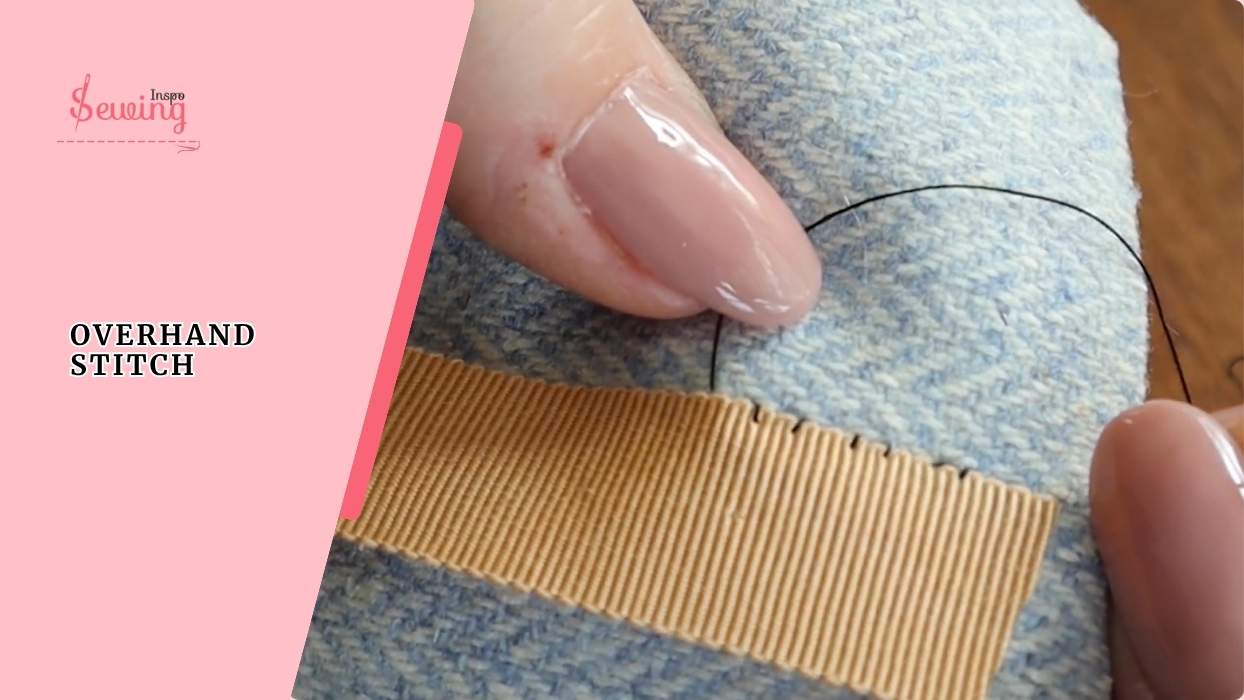
Leave a Reply